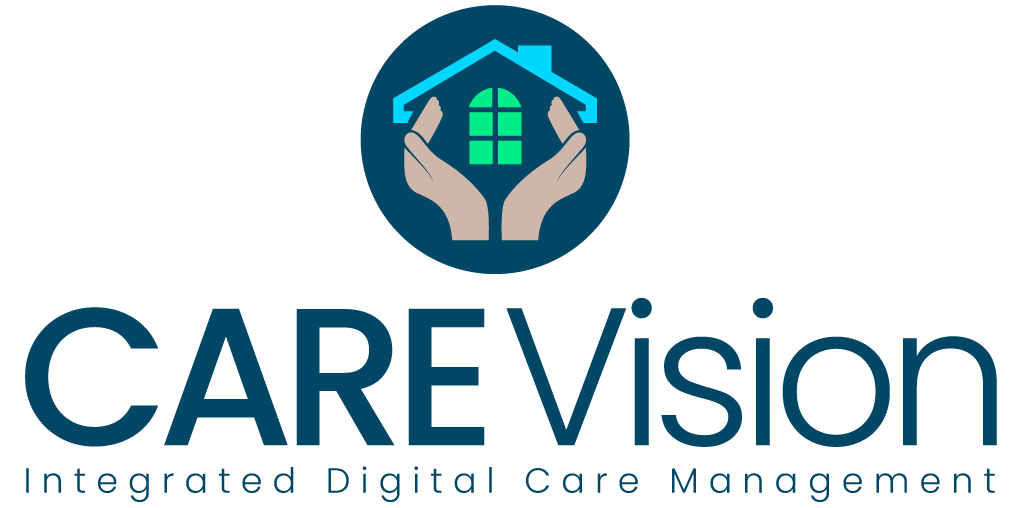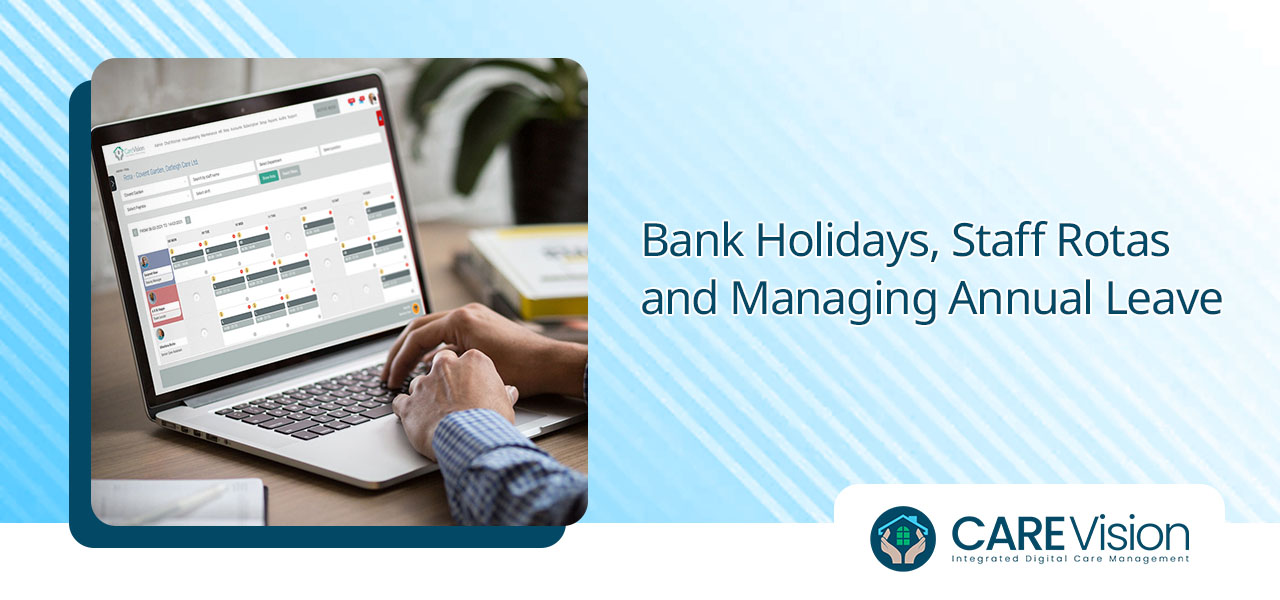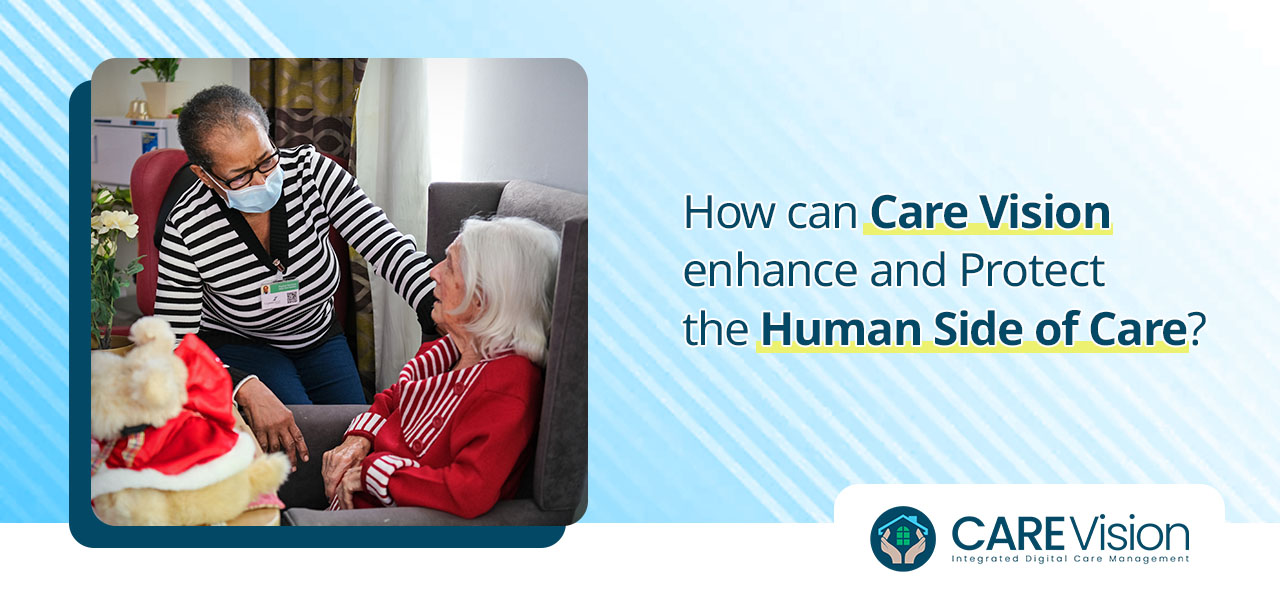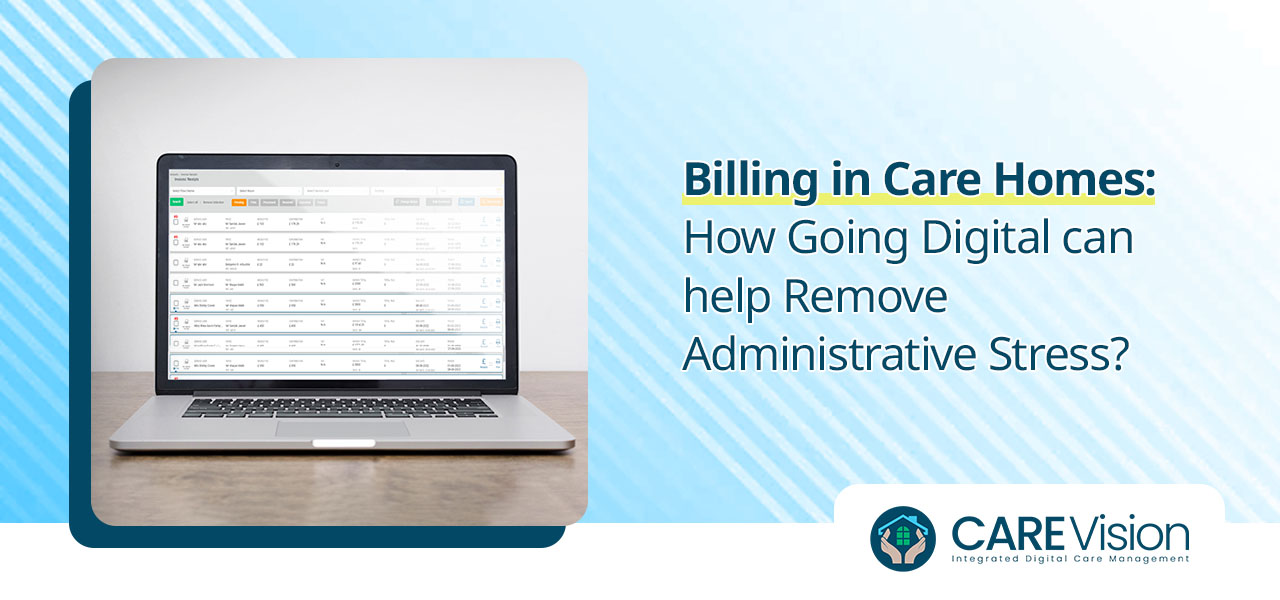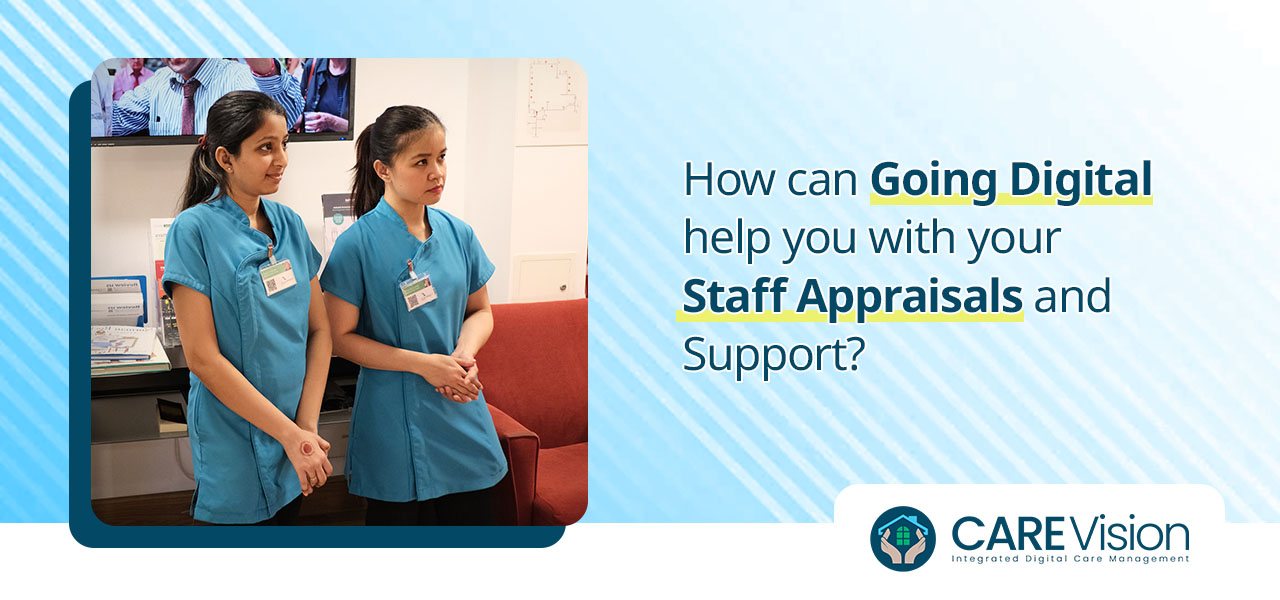In the NHS , the number of people employed in the UK is estimated to be 1.5 million That’s not including people like temps, GPS, dentists etc. There are the many private healthcare and social care workers on top of that. These people help look after our health and wellbeing when we need them. So, it is important that they are protected with proper health sector support and health and safety in a care home.
Making Health And Safety Work
Most healthcare settings have similar issues of health and safety requirements in a care home. Common themes include handling patients, watching out for hazards and protecting workers from infections and diseases like COVID-19.
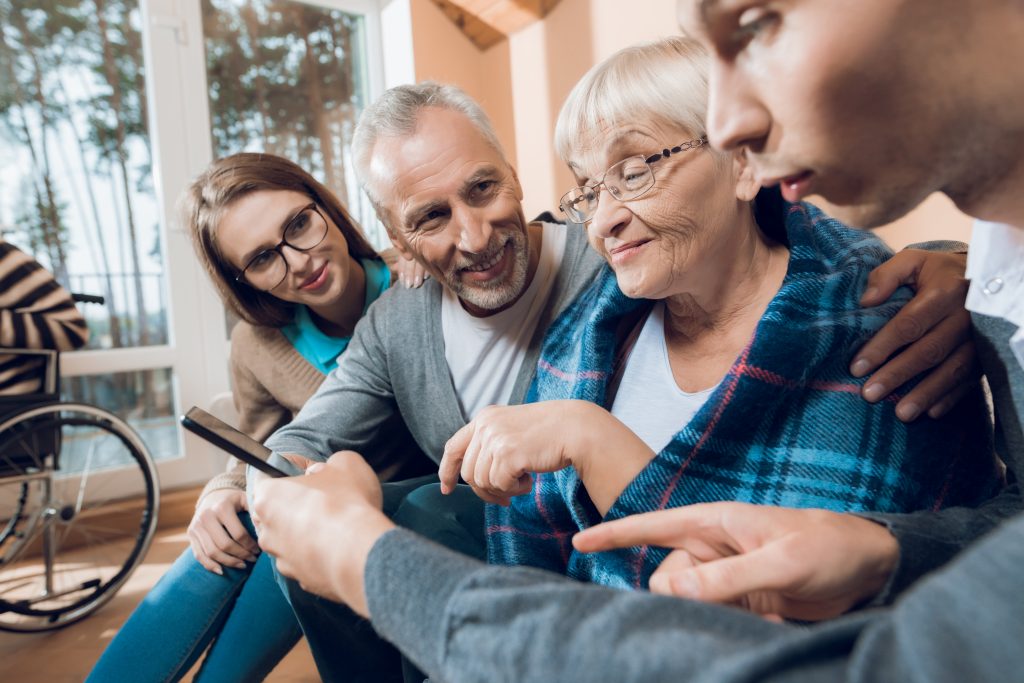
There should be proper health and safety in a care home with regular risk assessment in the buildings, proper bed rails, proper management of health of all the residents etc.
1. Look After Yourself
First of all, nobody can work to their best ability if they are not looking after themselves properly. Make sure you and your care home workers take proper rest breaks, information about living healthily and coping with stress, and follow proper work regulations. Watch out for signs of poor mental health and anxiety in yourself and others. Eat quality food with proper nutritions in care home Eat well, drink in moderation, and find ways to relax outside of work. Ask help for health and safety in a care home if you need it.
3. Be COVID Aware
COIVD-19 has had a huge impact on us all and has become one of the major issues of health and safety in a care home , for people living and working in residential care homes. Make sure that you and your fellow care home workers have the right PPE to stay safe. This includes face masks and regular testing. Stay updated with government COVID-19 guidelines because that is the best way to stay informed about what to do. Some tips to avoid COVID-19 in a care home include:

- Wash your hands frequently with soap and water for at least 20 seconds
- Always wear suitable PPE like gowns, gloves, goggles and face coverings
- Try to avoid touching your face
- Minimise contact around shaking hands, hugging etc.
- Observe social distancing guidelines
- Don’t share personal items like phones, combs or crockery
- Disinfect all surfaces regularly
- Cover your mouth when you cough
- If you feel like you may have COVID-19 symptoms, get a test
3. Stay Sharp Around Needles
A large part of any care home worker’s routine is dispensing medicines and overseeing medical tests. Many of these can include injections or taking blood with a needle. It is very important to dispose of used needles and sharp objects safely to maintain health and safety in a care home. This is because they can prick people and pass on hazardous waste. Always wear gloves when handling needles. Make sure everyone in the care home knows how to get rid of used needles and other sharp or hazardous medical waste. This also helps reduce other threats to health, for instance the spread of infectious diseases.
4. Care For Your Workplace
Care homes and health clinics can be busy places with a lot of people and things all in one place. Many accidents happen when people don’t watch out for where they are going. As a result, it is a good idea to look out for trailing wires, wet patches and other hazards to maintain proper care home health and safety and avoid slips trips and falls. Keep everything clean and tidy. Cut down on fire risks by using fire-resistant fabrics and being careful with oxygen tanks. Never block doorways or stairs. In case of fire, if you are able to do so safely, follow the RACE rules:

- Rescue anyone nearby who you can get to safely
- Activate the fire alarms
- Contain the fire by shutting doors and windows
- Extinguish the fire, but only if it safe to do so
5. Watch your back!
Manual lifting can lead to lots of injuries if it is not done properly. So, make sure you and your team have good traning about how to lift people correctly for health and safety in a care home. Bend your knees and not your back when bending down to lift something heavy. Learn moving and handling items such as wheelchairs and walking aids properly because these can be difficult to move safely if you don’t know how. Use aids to help you move patients like slip sheets, hoists and slings.
6. Record everything
Finally, always keep a note of any injuries as they happen. Make the habit of reporting injuries, diseases. You can do this in a notebook or using online care management software. Write down when, where and how the accident happened. This helps people keep track of who has been hurt and how they were treated as part of a wider care home health and safety routine. It also helps people spot patterns in accidents that could suggest mistakes being made somewhere. For example, not having the right patient lifting devices or trailing wires that people could trip over in busy walkways.
